So you’ve taken a look at your outdated website, with its clunky functionality and irrelevant content, and you’ve decided it’s time for an update.
As a prospective client looking for a reputable website designer, you’re probably wondering:
How long does it take to build a website?
The answer is that there is no standard timeframe – each website developer, agency, and freelancer will approach the build in slightly different ways.
As a general guide, this article will outline the basic stages of a website build, as well as an estimated timeframe for each. It is important to note that the overall length of the project may vary slightly depending on the type of website being built.
A smaller website with only five to ten pages, for example, could take eight weeks. An e-commerce, membership, or large corporate site with 20 to 30 pages, on the other hand, can take up to 20 weeks to complete.
As a result, in order to manage your time expectations, you should first determine which category your site belongs to.
Phase 1: Discovery and briefing – 1 to 3 weeks
The first phase of a website build will involve an initial consultation between you – the client – and the agency. The purpose of this meeting is for the agency to learn as much as they can about your website and its current functionality, as well as your target goals and requirements, so that they can plan accordingly.
This is the ideal time to provide as much information as possible in order to avoid miscommunications and ensure your satisfaction – not only with the final product, but also with the process by which it was created.
Important topics to discuss may include:
- Overall expectations and goals
- Technical requirements
- User requirements
- desired characteristics
- The ideal project duration
- Details about the current website:
- Analytics Usability Testing Hosting Auditing
- Search Engine Optimization (SEO)
- Budget
Once these details have been considered, the agency will provide you with a project scope that is tailored to your specific requirements. The goal here is to avoid any unexpected delays and/or dissatisfaction.
This brief will include target deliverables such as:
- Website specifications
- Overall intention
- Estimated cost Estimated timeline
- Expected actions required in each phase to ensure a successful and timely build.
Timetable:
This stage usually lasts between one and three weeks. If you need a simple small-business website with few pages and content, it may only take a week and a few phone or email conversations.
During this phase, an e-commerce or membership site that requires additional design work may take longer to complete. There will frequently be ongoing communication to better understand your needs and work through any complex questions that arise.
If your site falls into this more complicated category, expect to wait up to three weeks for the completion of this initial briefing and project scope phase.
Phase 2: Website strategy – 1 to 2 weeks
The second stage is all about defining the website’s personality and emotional pull. Capturing customer attention should always be a top priority; therefore, making your site unique and appealing is critical. At this stage, the agency should conduct additional research into your niche to better understand your desired brand identity.
Of course, you may already know what you want in terms of website features, but a little extra research never hurts.
Consider the following important factors:
- The color scheme
- Imagery
- Typography
- Brand narrative and tone
- Website values, personality, and purpose
- User encounter
- Messaging systems
- Competition
Understanding the relevant market and outlining your ‘competitive positioning’ in it is one of the most important aspects of this stage, and one that the agency should take extra care in doing. To do so, you must first understand how you intend to distinguish your company from others with similar values and/or purposes. Asking yourself what you can offer customers that others may not is a good place to start.
Competitive positioning may include:
- Identifying market problems and successes
- Confirming your market position
- Understanding your customers
- Describe how you differ from your competitors.
Timetable:
This phase usually takes between one and two weeks, depending on the personality of your website and the features required to bring it to life. Again, this stage is dominated by research and planning rather than execution. It does, however, necessitate a few exchanges between yourself and the agency.
Phase 3: Site structure and information architecture (IA) – 1 to 2 weeks
This stage focuses on properly structuring your website in order to improve its Search Engine Optimization (SEO). This refers to increasing your website’s visibility not only to users, but also to search engine crawlers, which collect relevant information to boost your page’s relevancy online. If your website has poor SEO, you are likely to suffer from low website traffic and poor search rankings for your target keywords.
Among the most important SEO elements are:
- Website accessibility
- Speed and functionality
- Utilization of mobile devices
- Internal linking
- Crawlability of the domain
- The standard of the content
- User encounter
Information architecture (IA) is critical for providing a positive user experience. While it is common to confuse IA with navigation, IA is the behind-the-scenes process of structuring a website based on the relationship between content and functionality. This may include elements such as content inventory, categorisation, meta data, and auditing.
Timetable:
Your agency should provide you with a plan that includes a visual site map and page hierarchy. This will help you understand how to build a user-friendly, easily navigable site with relevant content and functional links in the following steps.
A small-business website with only five or so pages can sometimes be designed in an hour. More complex sites, such as an e-commerce or membership site, can take up to two weeks to complete. This is due to the increased level of visualisation and planning required to anticipate all of the design and development work that will be required later.
An e-commerce website, for example, could have thousands of products and multiple categories. Login portals, community forums, gated content, and live webinars are typical requirements for membership sites. All of these factors take time to plan. When designing your site’s structure, agencies will take into account all of your page and content requirements. (9)
Phase 4: Content review and development – 2 to 4 weeks
This is easily one of the most time-consuming stages because it frequently relies on your ability to provide high-quality content. If your work isn’t engaging to the end user, or if you don’t have time to produce anything, agencies will occasionally hire professional writers to improve optimisation and generate engaging content. However, this may lengthen the construction process.
This stage’s main focus is not solely on written content. Other types of media, such as videos and graphics, may also be required. Another important factor to consider is organizing collaboration between photographers and videographers.
Key content considerations may include:
- Substance – Examining how you communicate with your audience through tone, themes, and media styles.
- Structure entails determining whether your content is presented in a clean and organized manner.
- Authority – Ensuring that your content is of high quality.
- Workflow – This consideration falls more under the agency’s purview and entails using the proper development tools and software to ensure content is functional and displays properly. (10) Explained timetable:
- Because of the unpredictability of outside professionals, this phase can take between two and four weeks, as mentioned previously. Agencies do not always have control over how long content development takes.
If you want to speed up this stage, you must be specific, efficient, and detail-oriented when creating and delivering content.
Phase 5: Wireframes – 1 to 2 weeks
This phase focuses on creating a basic skeletal framework for your website using simple line drawings with a pen and paper. While some agencies will create these wireframes prior to content development, doing so afterwards allows agencies to build the wireframe around already existing content, which can be more convenient. (11)
After the physical line drawings are completed, they are fed into design software for finalization. These programs allow you to interact with the prototype and learn about the functionality and space allocation for each element.
Standard components include:
- Navigation
- Body Composition
- Logos
- Photo galleries
- Videos
- Share buttons in the search field
- Footers and headers
- Getting in Touch
This stage is less concerned with the overall design and more concerned with the general layout hierarchy of website pages, which is why wireframes are frequently compared to house blueprints. Wireframe styles can range from low-fidelity to high-fidelity, depending on the level of detail involved. However, the more specifics you provide, the better, as the subsequent stages will be built on these outlines.
Timeframe: Wireframes for small business websites are typically quick and simple to create and finalize. A larger site, on the other hand, will usually take more time.
Considering the sketching time as well as the communication required between yourself and the agency, a basic timeline of one to two weeks is appropriate. Waiting at this stage is worthwhile; ensuring that you are satisfied with the basic website skeleton is critical before moving on to the next stage.
Phase 6: Visual design – 2 to 4 weeks
This stage focuses on bringing the website to life through the use of design software. Once you’re satisfied with the mock-ups, a visual designer will transform the basic framework into a vibrant, functional site that captures the essence of your target personality and theme, using the wireframes as a foundation.
It’s difficult to imagine how welcoming a website will be without seeing the entirety of each element in place. As a result, by combining the previous stages, you will have a better idea of how the site will appear and feel to a user.
Elements that may be used include:
- Typography Logos Color Palette Images
- Videos
- Explained timetable:
- It should come as no surprise that this phase takes a little longer than others because it focuses on bringing all of a site’s elements together and ensuring they work while remaining aesthetically pleasing. Larger sites will take longer to build because there are more components to include and manipulate.
You may also view your newly designed website and change your mind about a few different elements, such as the font and color. As a result, ongoing collaboration is an important and time-consuming component of this phase.
Phase 7: Development – 1 to 4 weeks
The seventh stage is concerned with the actual creation of the website. Following your approval of the visual design, the agency will build the site on WordPress or a similar platform and distribute the elements accordingly. During this phase, they will generally focus on user experience, ensuring that loading speeds and general accessibility are optimized.
The following are some of the advantages of using WordPress:
- SEO value is easily customizable: friendly to search engines
- Mobile-friendly
- Social media links that are easily accessible
- Built-in blog that is versatile
- Sites for businesses are recommended (13)
- Explained timetable:
Because there are fewer pages and elements to consider, the development process for a smaller website should take up to one week. An e-commerce or membership website, on the other hand, may take up to four weeks to complete because it may contain additional pages and be more complex.
Typically, you will be able to view the website as it progresses, making suggestions along the way. As a result, there is still some client/agency collaboration going on.
Phase 8: Testing and launch – 1 week
The testing stage ensures that your website is free of bugs and glitches. This stage is critical for avoiding security risks and improving the overall functionality of your site.
Extensive testing is required. After all, it would be disappointing to go through each stage, customizing your site to your liking, only to discover that the end result is bug-ridden and unusable.
Explained timetable:
Testing usually takes about a week. Obviously, if the agency encounters any threats or glitches, resolving them will have an impact on your overall timeline. This stage, on the other hand, does not take long at all.
When testing is finished, the only thing left to do is press the launch button.
PHASE 9: Maintenance
Many agencies will provide ongoing maintenance support to ensure that your website remains healthy and functional. This generally entails installing and updating the most recent software and plugins in order to keep your website safe and user-friendly.
Finally
The overall build timeline will vary depending on the size of your website, but expect it to take between eight and twenty weeks. Obviously, if any issues arise – for example, if content is delayed or your site necessitates additional, complex work – you may find yourself closer to the twenty-week mark.
Hiring a quality agency committed to providing you with the best materials and planning will help ensure that the time spent developing your website is worthwhile.
Are you looking for a reputable web design and development firm with which to collaborate? Contact one of our website consultants today to schedule a discovery call.





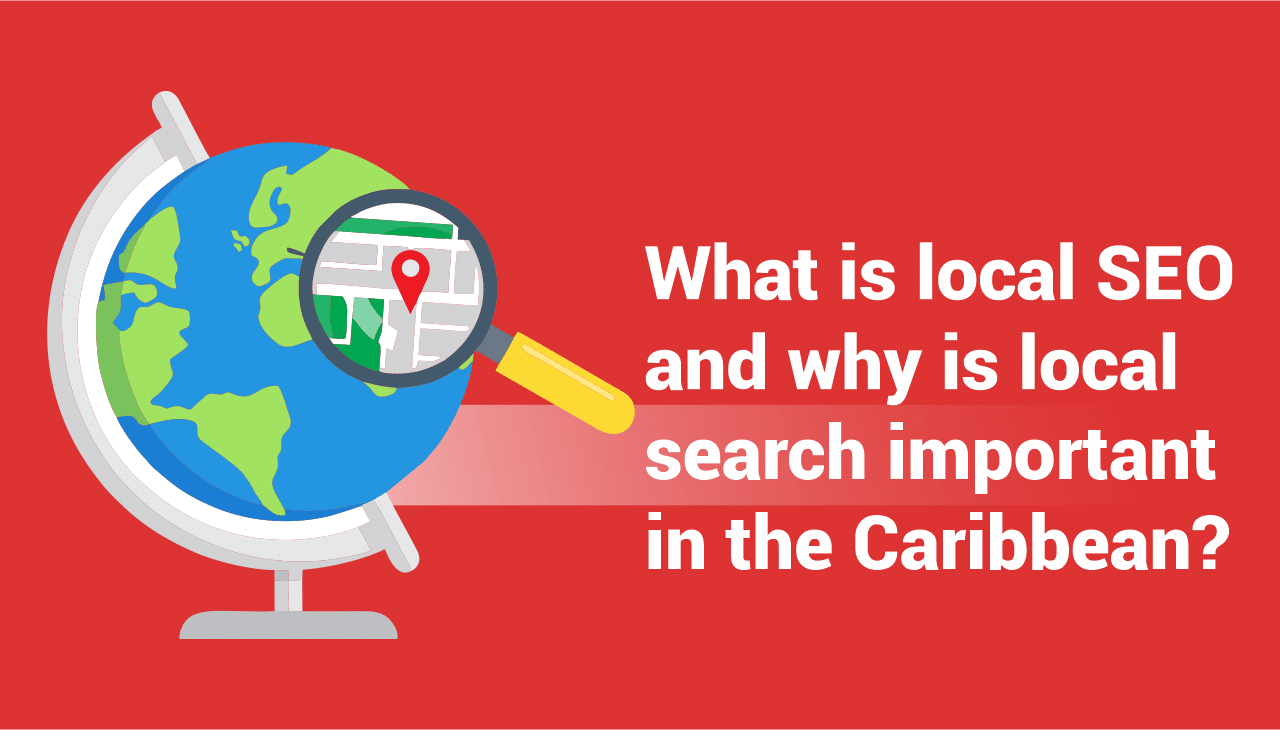
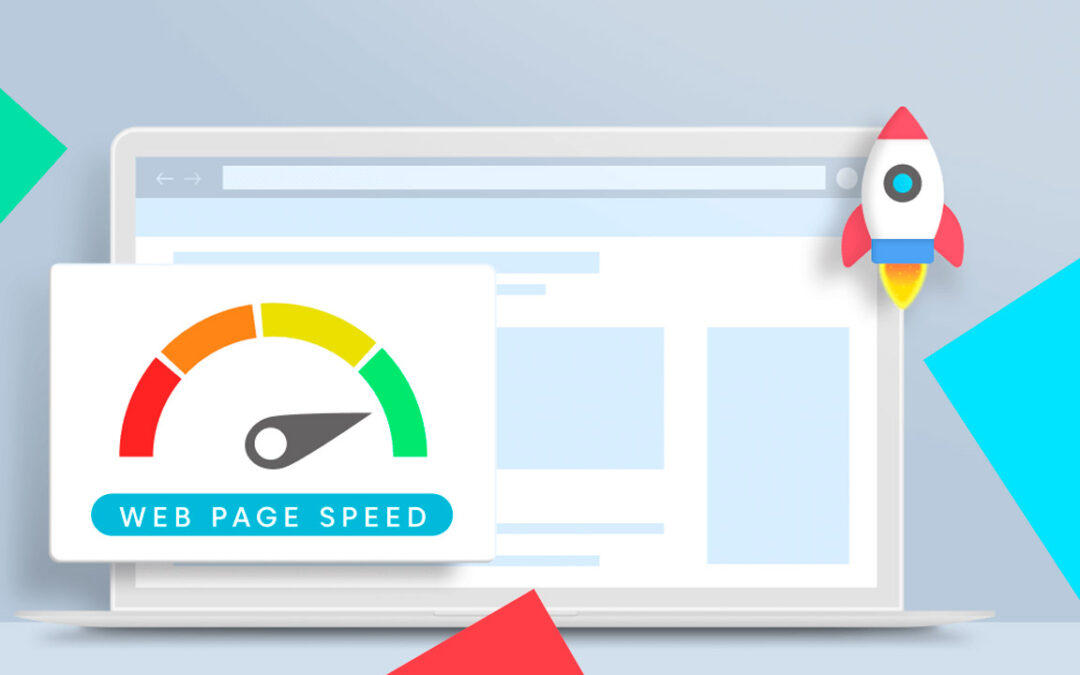
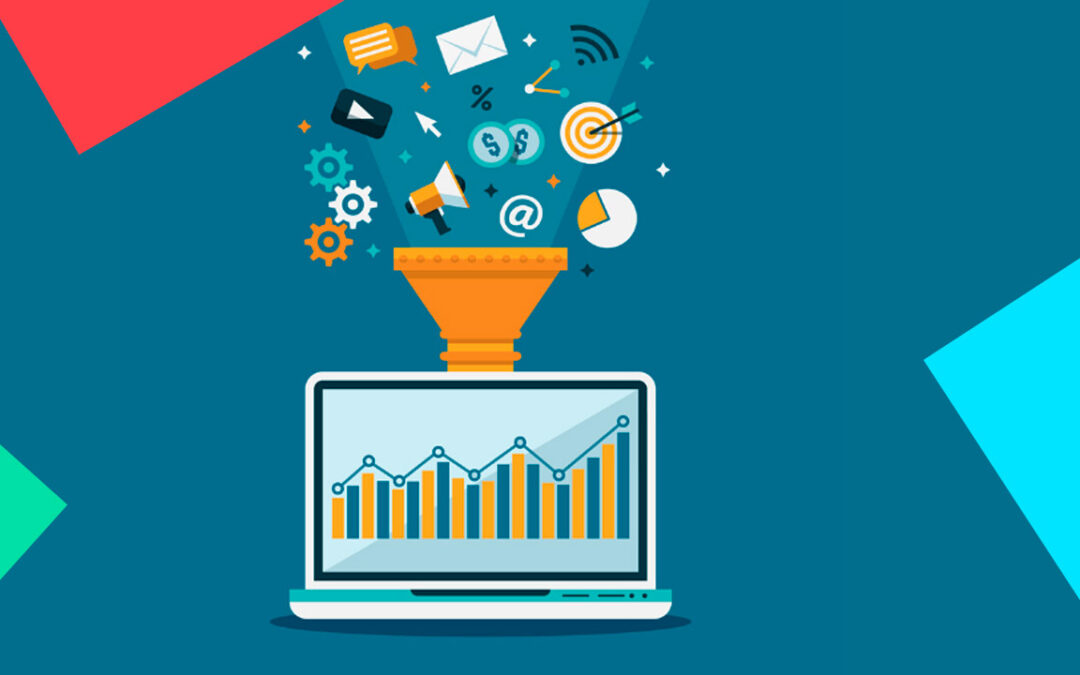
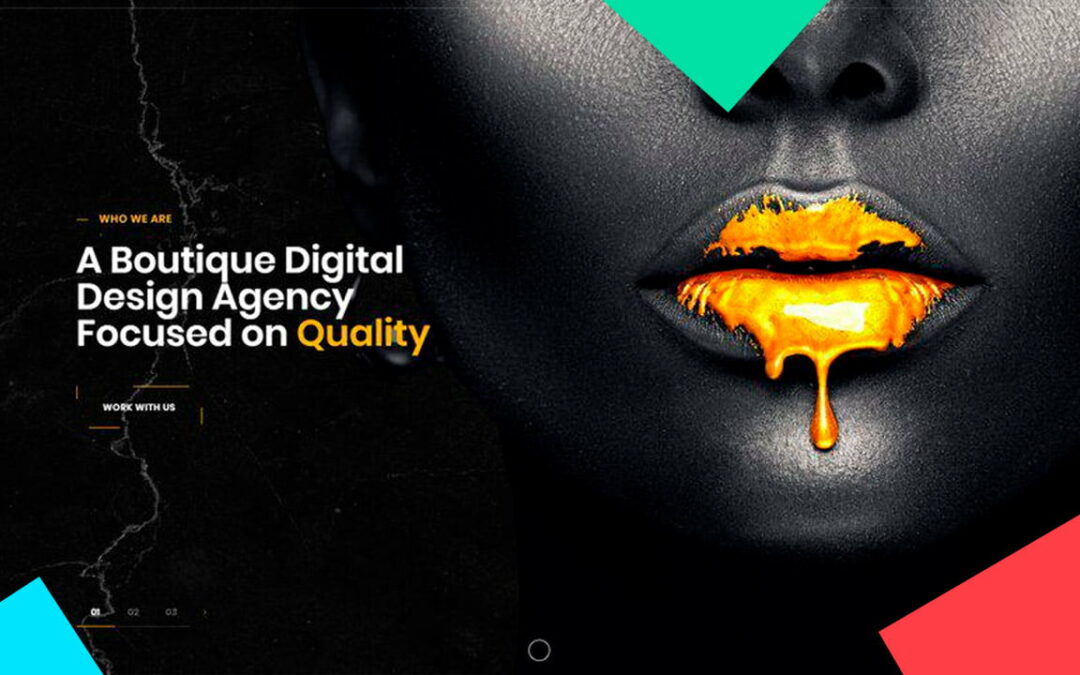
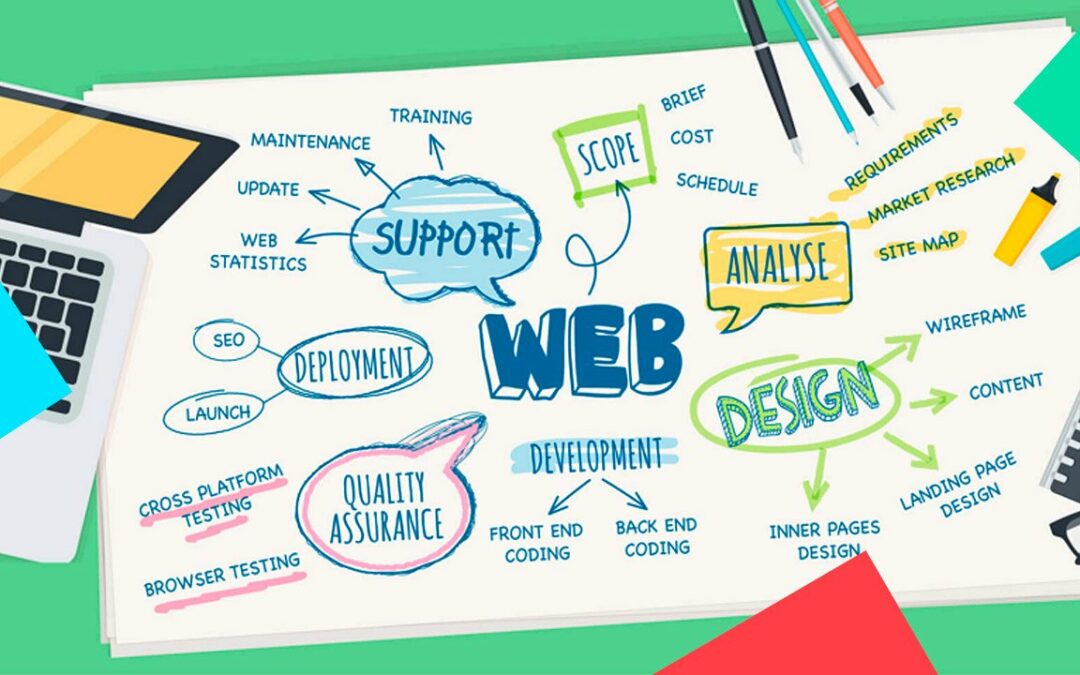
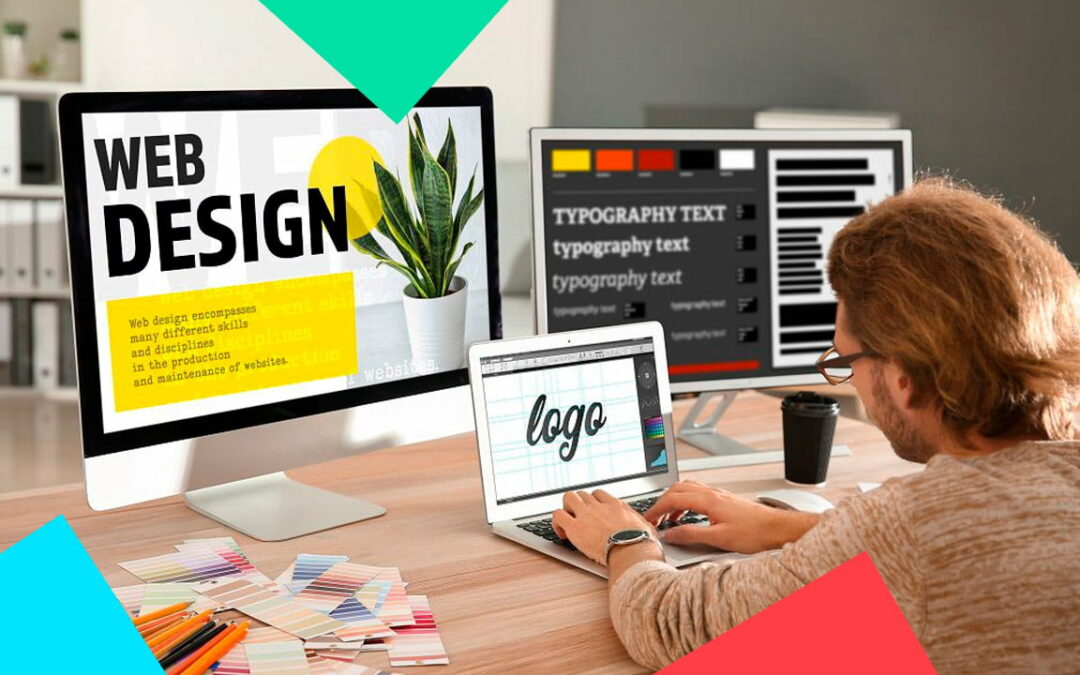

0 Comments